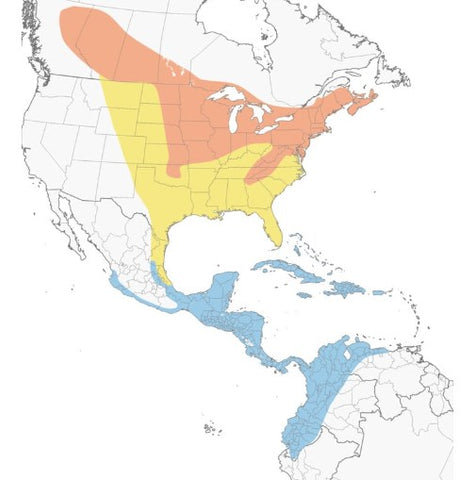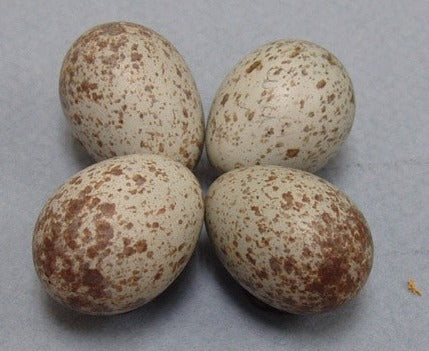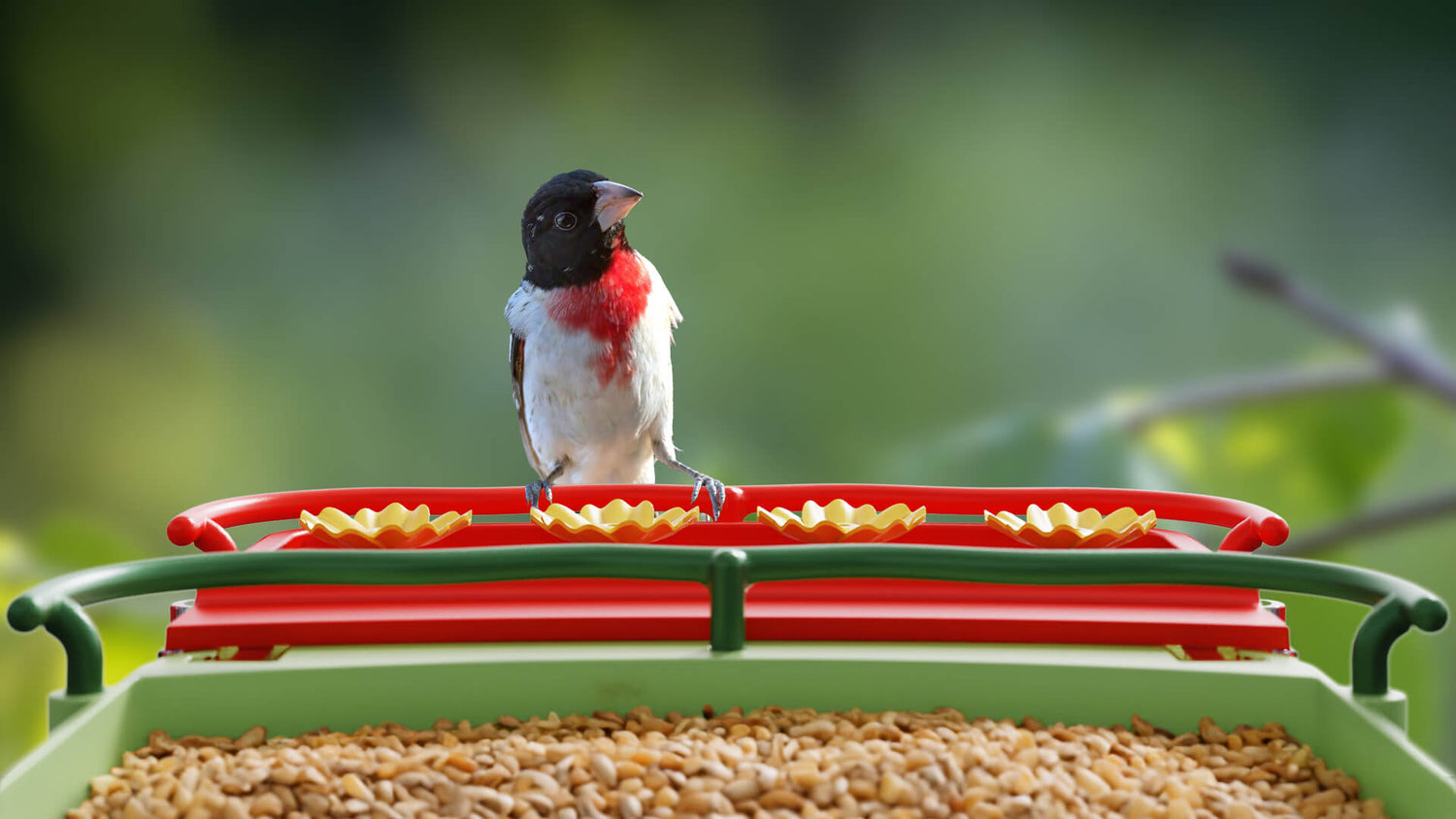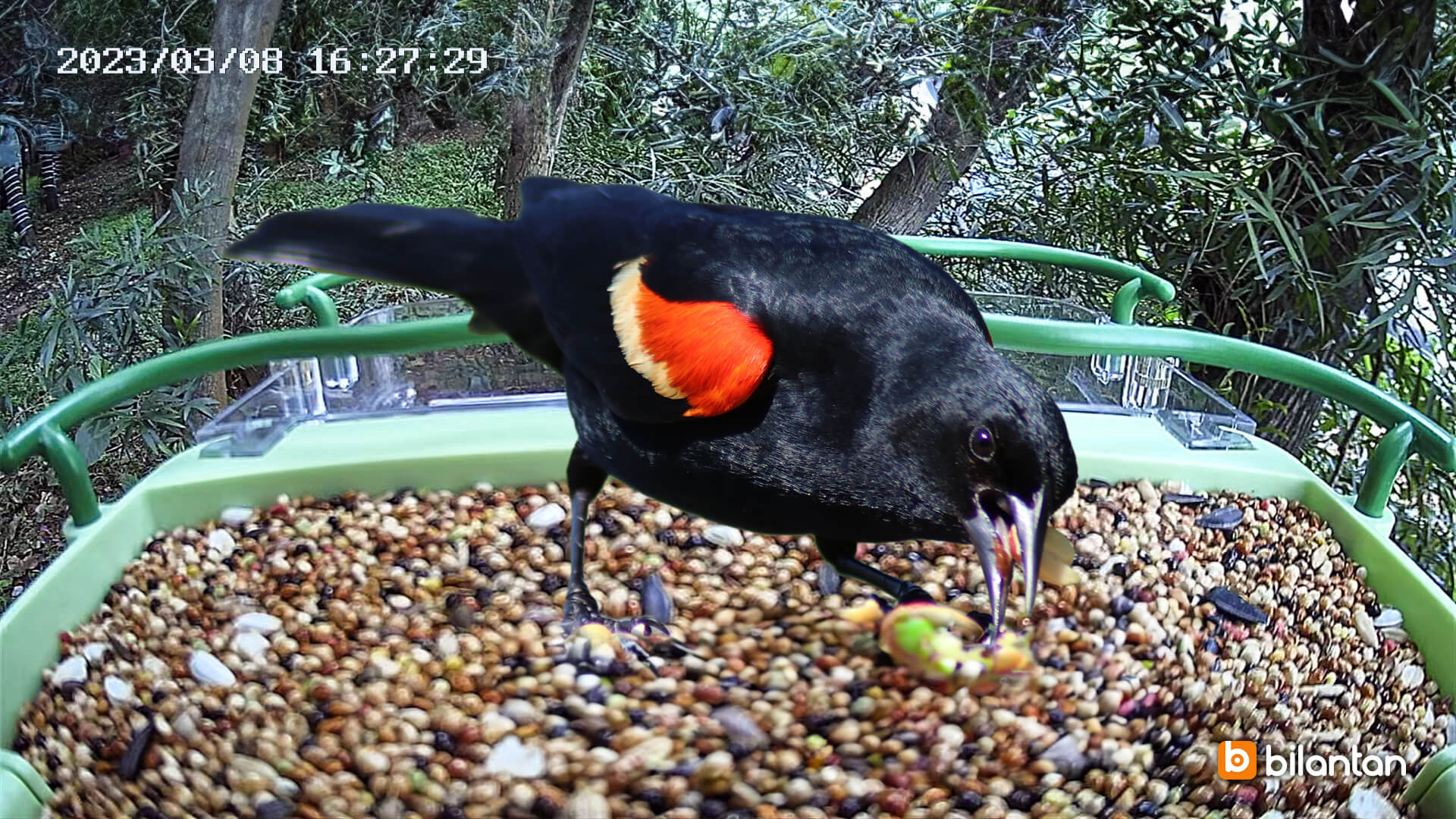The rose-breasted grosbeak commonly referred to as the "cut-throat" because of its distinctive coloration, belongs to the cardinal family.
Rose-breasted grosbeak:
It is a large, seed-eating grosbeak. The male birds feature black heads, wings, backs, and tails, as well as a vibrant rose-colored patch on their white breasts. Male adults of this species are black-and-white birds that boast a striking red chevron extending from their black throats down the center of their breasts. In contrast, females and immature birds are brown and heavily streaked, featuring a prominent whitish stripe above their eyes. Adult males display pink-red feathers under their wings, while females flash yellowish ones. Additionally, both males and females have white patches on their wings and tail.
Basic Info:
Scientific Name: Pheucticus ludovicianus
Lifespan: 7.3 years(in the wild)
Size: 7.1 to 8.7 in
Weight: 1.2-2.3 oz
Wingspan: 11-13 in
Rose-breasted grosbeak Distribution and Habitat:
The breeding habitat of the rose-breasted grosbeak comprises open deciduous woods spread across most of Canada and the northeastern United States.
During migration, the birds from the northern region travel south through the United States, east of the Rocky Mountains, to winter in central-southern Mexico, Central America, the Caribbean, Peru, and Venezuela.
In winter, they tend to inhabit more open woodland areas, or similar habitats with a sparse growth of trees, such as forest edges, parks, gardens, and plantations.
Rose-breasted grosbeak in the backyard:
Chunky birds use their stout bills to eat a variety of foods, including seeds, fruit, and insects. They are also frequent visitors to backyard bird feeders, where they eagerly consume sunflower seeds.
Rose-breasted grosbeak Breeding:
Male grosbeaks arrive at the breeding grounds a few days to a week before the females, and pair formation occurs upon arrival. Nest building can begin as early as May in Tennessee and as late as June further north in Saskatchewan. Egg-laying can occur anytime from mid-May to mid-July, with one brood per summer being typical.
Both male and female grosbeaks participate in selecting and building the nest, which is typically located on a tree branch, over vines, or other elevated woody vegetation, often near openings in woodlands. Nests are constructed from leaves, twigs, rootlets, or hair.




Creating a welcoming environment for Rose-breasted Grosbeaks requires the right tools and resources. The Smart Bird Feeder makes it easy to provide a reliable food source, ensuring these beautiful birds return to your garden again and again.





Leave a comment
All comments are moderated before being published.
This site is protected by hCaptcha and the hCaptcha Privacy Policy and Terms of Service apply.